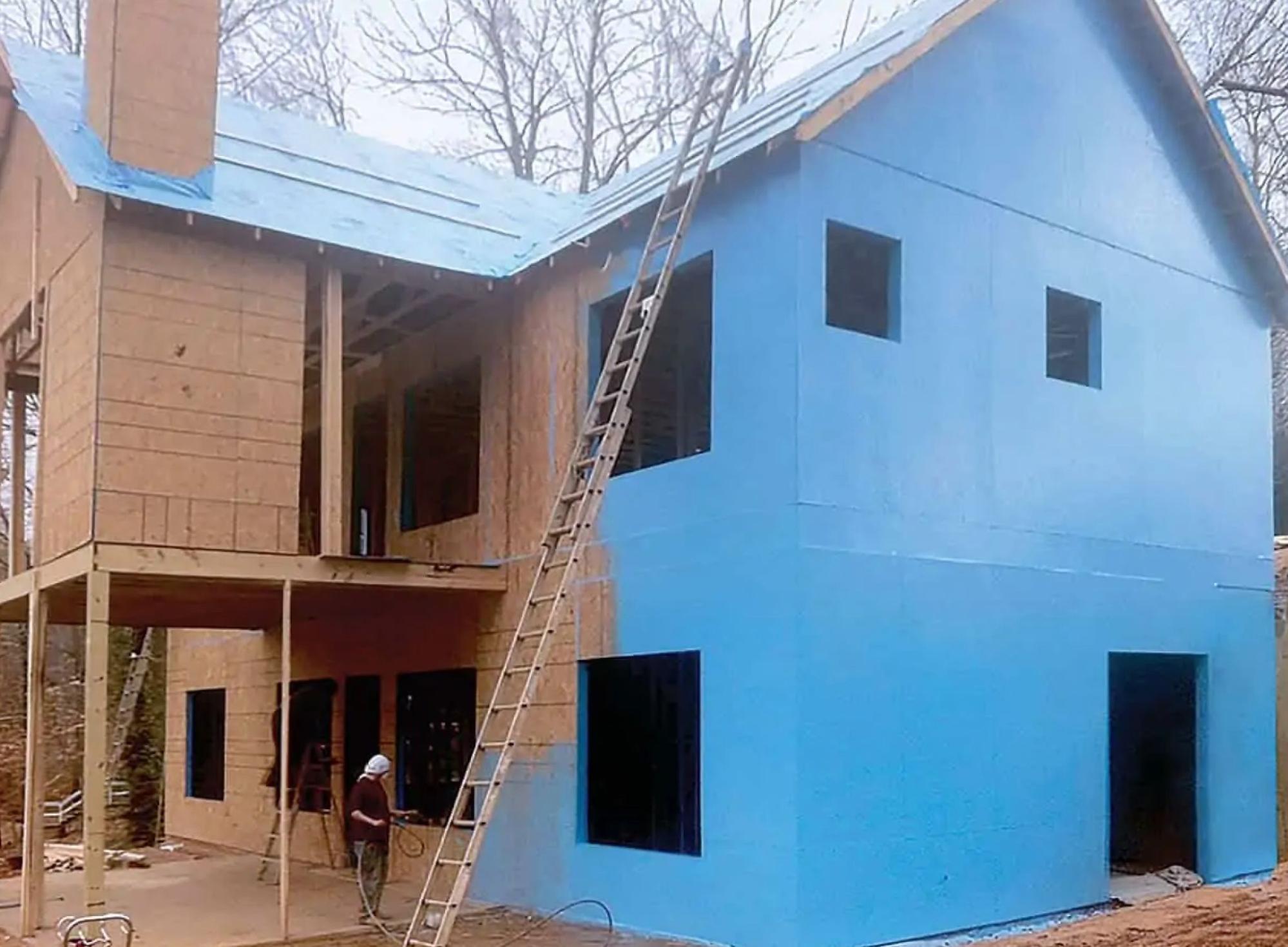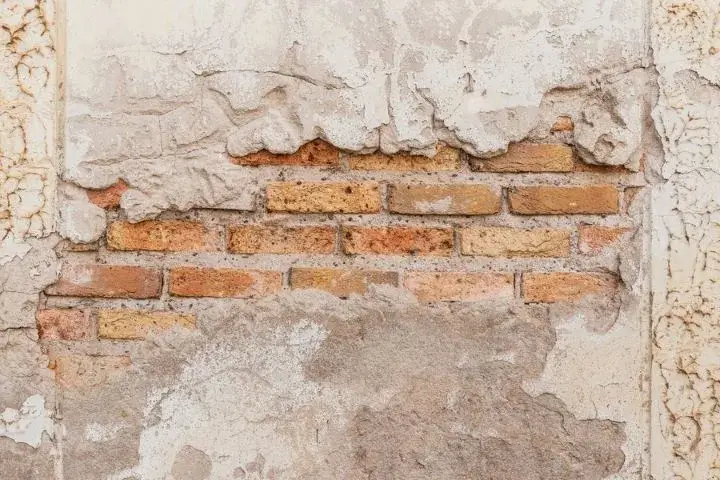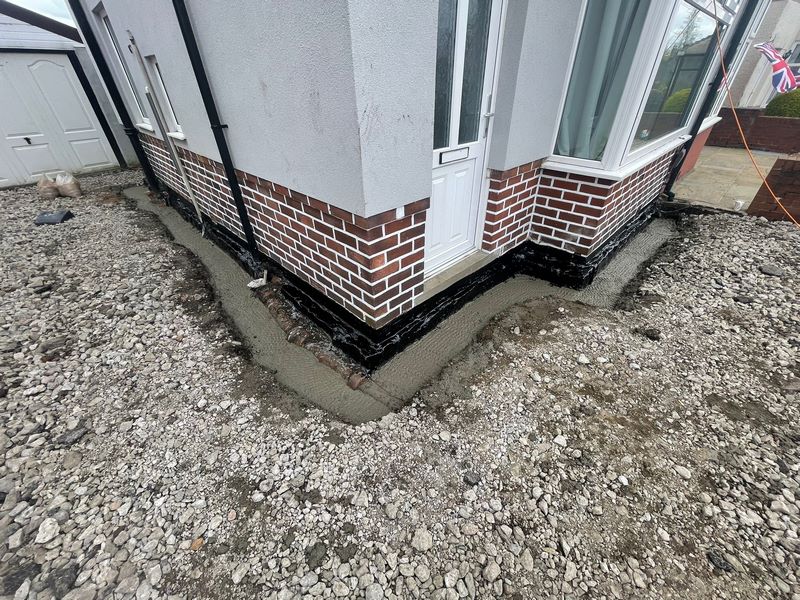Fixing condensation problems effectively with mould treatment newcastle
Wiki Article
Checking Out the Numerous Techniques and Solutions for Effective Damp Proofing
Dampness in buildings postures significant difficulties to both architectural integrity and indoor air high quality. Numerous techniques and options have actually arised to fight this prevalent problem. From traditional damp-proof membrane layers to cutting-edge chemical treatments, each method offers unique advantages. Understanding these options is crucial for reliable wetness control. Selecting the ideal service depends on particular building problems and requirements, prompting further exploration right into the most efficient wet proofing approaches available.Comprehending the Root Causes Of Moisture
Moisture can develop from various sources, recognizing these causes is essential for efficient remediation. Typically, dampness stems from three primary resources: increasing moist, penetrating wet, and condensation. Climbing damp happens when groundwater takes a trip up-wards through permeable products, such as brick or rock, frequently as a result of a lack of an efficient obstacle (damp removal newcastle). Passing through damp is usually triggered by exterior elements, consisting of roofing leaks, damaged rain gutters, or damaged wall surfaces, allowing water to penetrate a residential property. Condensation, on the other hand, arises from excess moisture airborne, frequently aggravated by bad air flow and temperature distinctions, leading to water droplets forming on surfaces. Identifying these underlying issues is vital, as each sort of dampness needs a customized strategy for removal. Proper evaluation aids in determining the most efficient remedies, ultimately securing the architectural integrity of a building and improving interior air qualityStandard Damp-Proof Membrane Layers

Chemical Damp-Proofing Solutions
Chemical damp-proofing options supply an innovative strategy to stop wetness invasion in buildings. These techniques typically involve the application of liquid chemicals that penetrate stonework and form a barrier against rising moist. Frequently utilized chemicals include silanes, siloxanes, and various other water-repellent agents that react with surface area products to develop a hydrophobic layer.The application procedure normally calls for exploration holes into the walls, injecting the chemical remedy, and permitting it to heal. This technique is especially beneficial for older structures where conventional damp-proof membranes might be unwise. In addition, chemical damp-proofing can be less disruptive and more economical than comprehensive remodelling projects.While effective, these remedies depend upon appropriate application and environmental problems for peak performance. Regular upkeep and monitoring are necessary to ensure the longevity of the damp-proofing therapy. Generally, chemical damp-proofing represents a flexible choice for safeguarding structures against moisture-related damagesCavity Wall Building Strategies
Tooth cavity wall surface construction methods provide numerous benefits, particularly in wetness control and power efficiency. By including an air gap in between 2 layers of stonework, these walls successfully mitigate water ingress while improving insulation. This mix not just safeguards frameworks from moisture yet additionally adds to minimized power consumption.Benefits of Tooth Cavity Wall Surfaces
When thinking about reliable moist proofing approaches, the advantages of dental caries walls stick out plainly. Cavity walls contain two separate layers, creating an air void that efficiently reduces moisture infiltration. This style reduces the threat of wetness, as the outer wall functions as an obstacle against rain and water access. In addition, dental caries wall surfaces boost thermal insulation, which adds to power effectiveness by minimizing warm loss. They additionally offer sound insulation, assisting to create a quieter indoor environment. The air void permits for air flow, which helps in wetness control and decreases the probability of mold development. These advantages not just enhance the general comfort of a building but additionally add to its long life and architectural stability.Moisture Control Techniques
Reliable wetness control strategies are critical in tooth cavity wall construction to assure long-lasting defense against wetness. One main approach includes the unification of weep holes, which facilitate water drain from the cavity, stopping build-up. In addition, making use of breathable membranes can assist take care of wetness levels while enabling entraped vapor to run away. Correct placement of insulation is additionally vital, as it ought to not obstruct drain paths. Making sure that the external fallen leaves of the cavity wall are constructed with water-resistant materials improves total durability. Routine maintenance checks are vital to identify any type of clogs or damages early, securing the framework's honesty. Inevitably, a mix of these strategies creates a durable protection versus dampness invasion in dental caries wall surfaces.
Insulation and Power Effectiveness
Insulation plays a vital role in enhancing energy performance within dental caries wall surface construction. By incorporating shielding products, these wall surfaces produce a thermal barrier that reduces heat loss and decreases energy intake. Effective insulation not only helps maintain a stable interior temperature level yet also mitigates the risk of dampness, as it prevents condensation within the wall surface dental caries. Different methods, such as making use of stiff foam boards or mineral woollen, can be utilized to accomplish optimal insulation performance. In addition, appropriate installation is vital to guarantee that voids and gaps are minimized, which can or else endanger energy efficiency. Inevitably, a well-insulated dental caries wall adds substantially to general sustainability and reduces cooling and heating prices for house owners.Outside Damp Proofing Methods
External wet proofing techniques are essential for protecting structures from moisture seepage. 2 effective strategies include the application of waterproof membrane layers and the installation of French drains pipes. These services help mitigate water buildup and protect the integrity of buildings.Waterproof Membrane Layer Application
While numerous methods exist for protecting against wetness access, the application of water resistant membrane layers continues to be a highly reliable external moist proofing method. These membrane layers are usually made from materials such as polyethylene, rubber, or changed asphalt, supplying a robust barrier against water penetration. The installment procedure entails applying the membrane to the outside surface areas of structures or walls, making certain complete insurance coverage to avoid leakages. Proper adhesion and securing at joints are vital to taking full advantage of performance. Water-proof membranes can be applied in various types, consisting of fluid coverings and sheet membrane layers, enabling flexibility based on the specific demands of the framework. This approach not only safeguards buildings from moisture yet additionally improves their long life and architectural honesty.French Drain Setup
One efficient technique for taking care of groundwater and avoiding wetness build-up around a structure's structure is the installation of a French drainpipe. This water drainage system contains a trench full of gravel and a perforated pipe that reroutes surface area water away from the foundation. Proper installment calls for cautious planning, making sure that the drainpipe inclines far from the framework to assist in excellent water circulation. Furthermore, the location of the drainpipe is crucial; it ought to be positioned in locations prone to merging or excess wetness. Normal maintenance, including clearing up debris from the gravel and guaranteeing the pipe continues to be unhampered, is essential for lasting performance. Ultimately, a well-installed French drainpipe can considerably decrease the threat of water-related problems in basements and structures.Inside Waterproofing Strategies
Inside waterproofing techniques are vital for securing a building's inside from wetness seepage and prospective water damage. These approaches normally involve the application of customized materials and methods designed to produce a moisture obstacle within the structure. One typical approach is the usage of water resistant coverings or sealers on walls and floors, which protect against moisture from passing through surfaces.Additionally, setting up interior water drainage systems, such as sump pumps, can properly manage water buildup in cellars and crawl rooms. One more approach involves the use of vapor obstacles, which are installed to hinder wetness motion from the ground right into living spaces.Moreover, dealing with any kind of splits or spaces in wall surfaces or foundations with suitable sealants assures a comprehensive protection versus water intrusion. By applying these indoor waterproofing techniques, home proprietors can substantially reduce the risk of mold and mildew development, structural damage, more info and other moisture-related issues. Proper execution of these techniques is vital for lasting defense and structure honesty.Normal Upkeep and Inspection Practices
Regular maintenance and evaluation methods are vital for guaranteeing the long-term efficiency of moist proofing remedies in any building. Regular checks make it possible for homeowner to determine early indications of dampness breach, such as peeling paint, mold development, and stuffy smells. These indications can signify underlying issues that call for prompt attention.Inspections must be performed a minimum of annually, concentrating on prone locations like cellars, creep areas, and outside walls. During these assessments, property owners need to take a look at sealants, water drainage systems, and air flow to verify they operate correctly.Additionally, preserving downspouts and seamless gutters is crucial, as blocked systems can result in water accumulation near the structure. Carrying out a routine maintenance routine, along with timely fixings, can significantly extend the life-span of moist proofing measures and secure the structural integrity of the structure. Positive measures eventually add to the general health and wellness of the living atmosphere.Regularly Asked Concerns
How Much Time Does Damp Proofing Generally Last?
The period of damp proofing effectiveness differs, usually lasting between 20 to half a century. Aspects such as application high quality, ecological problems, and maintenance methods significantly influence the durability of the wet proofing treatment.
Can I Damp Evidence My Home Myself?
The private considered the feasibility of do it yourself damp proofing. With appropriate study and the ideal materials, it is feasible. Nevertheless, they additionally acknowledged the significance of specialist support to guarantee durable effectiveness and avoid future issues.What Are the Indications of Inadequate Damp Proofing?
Signs of ineffective moist proofing consist of persistent moldy smells, noticeable mold growth, peeling off paint, wet patches on walls, and wood decay - damp proofing newcastle. Homeowners must address these issues promptly to stop more damage and health and wellness worriesDoes Damp Proofing Affect Indoor Air Top Quality?

How Much Does Specialist Damp Proofing Cost?
Expert damp proofing prices vary substantially, commonly varying from $1,000 to $5,000 depending upon the residential or commercial property's dimension, the level of the wet problem, and selected methods. Each situation calls for a tailored evaluation for precise pricing. Frequently, dampness stems from three key sources: climbing damp, passing through moist, and condensation. When taking into consideration effective wet proofing methods, the benefits of cavity walls stand out prominently. Exterior damp proofing techniques are necessary for protecting frameworks from dampness infiltration. While numerous methods exist for stopping dampness access, the application of waterproof membrane layers stays a highly effective exterior damp proofing strategy. Signs of inefficient damp proofing include persistent mildewy smells, visible mold and mildew development, peeling paint, wet patches on walls, and timber decay.Report this wiki page